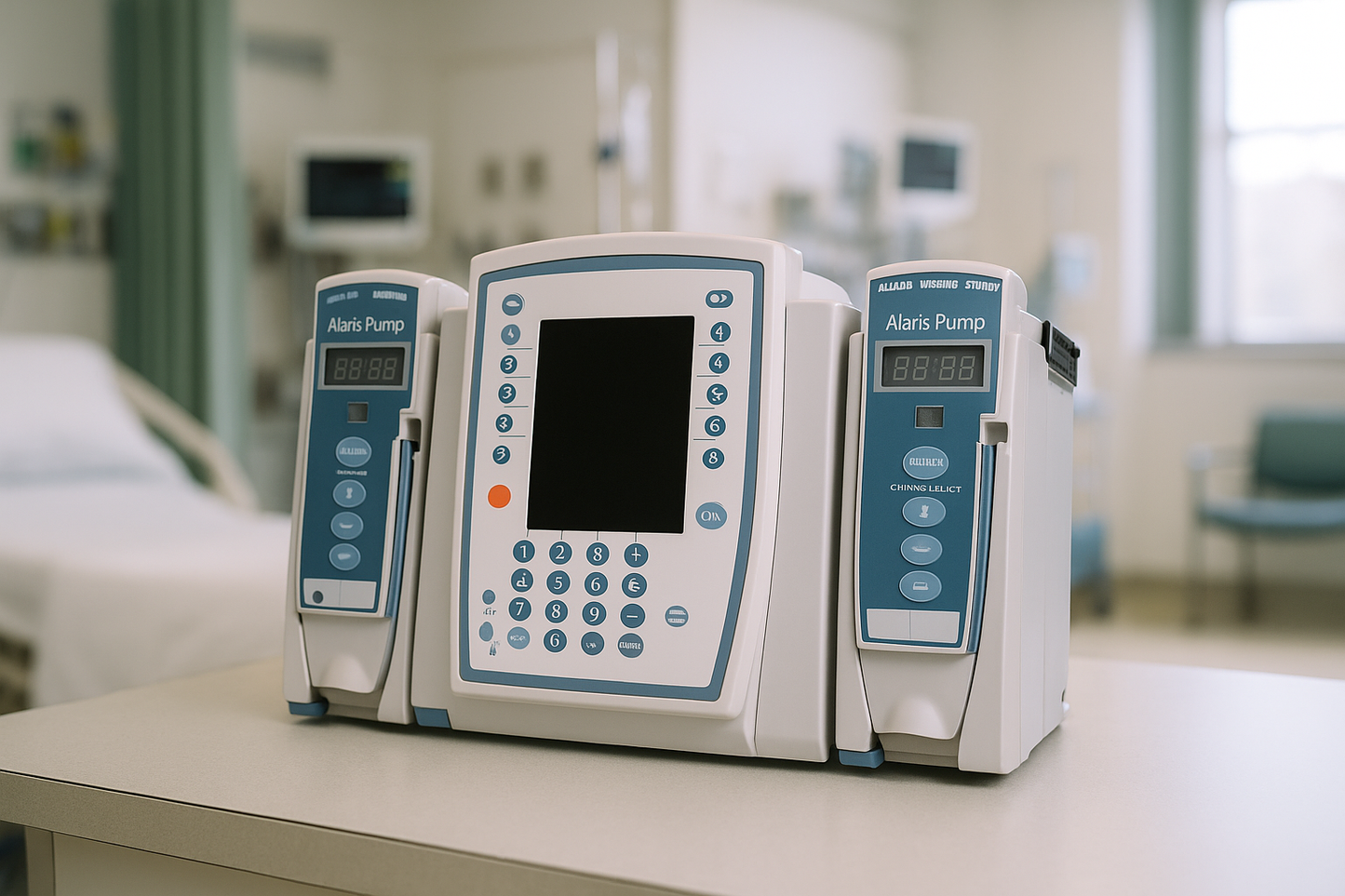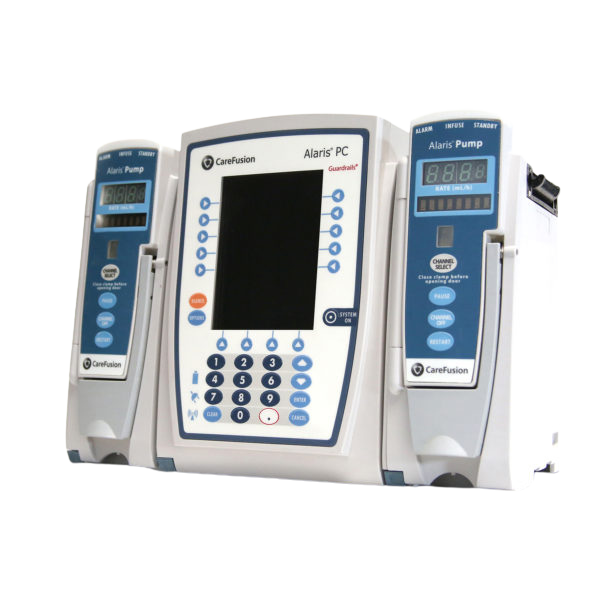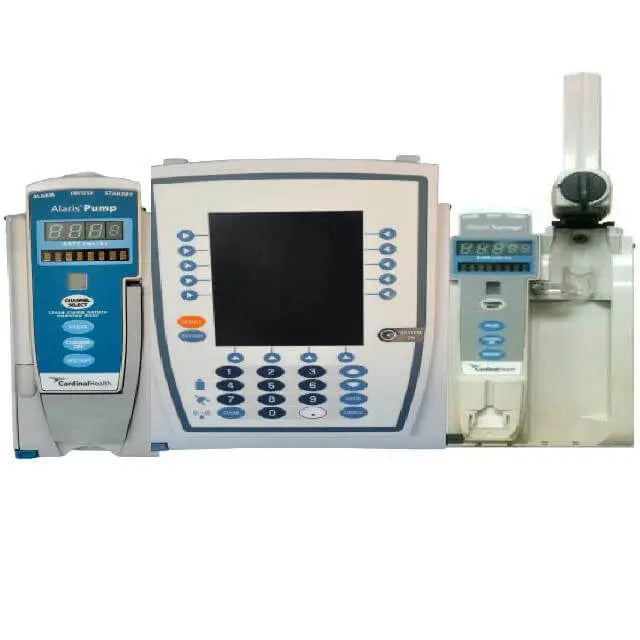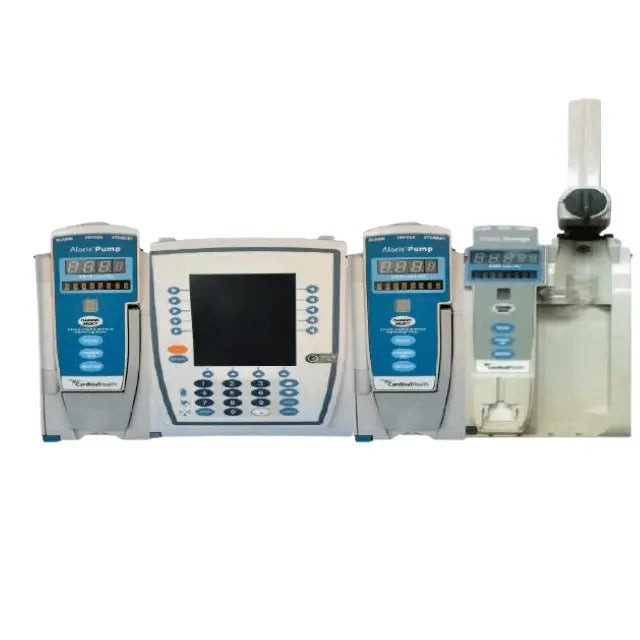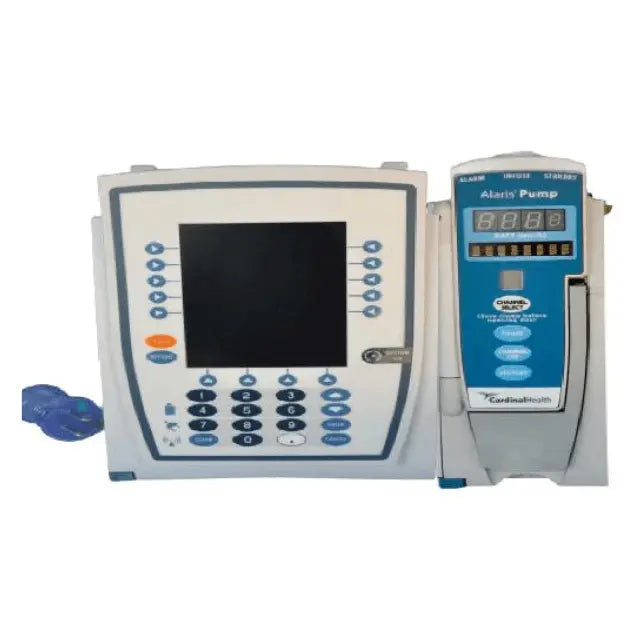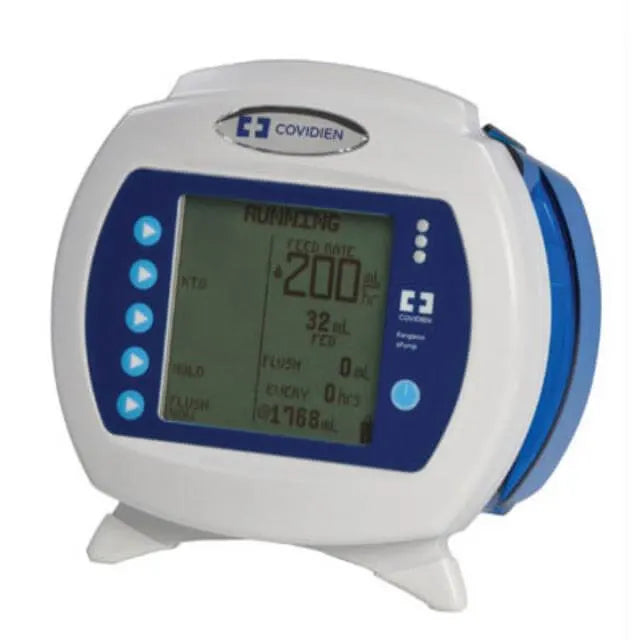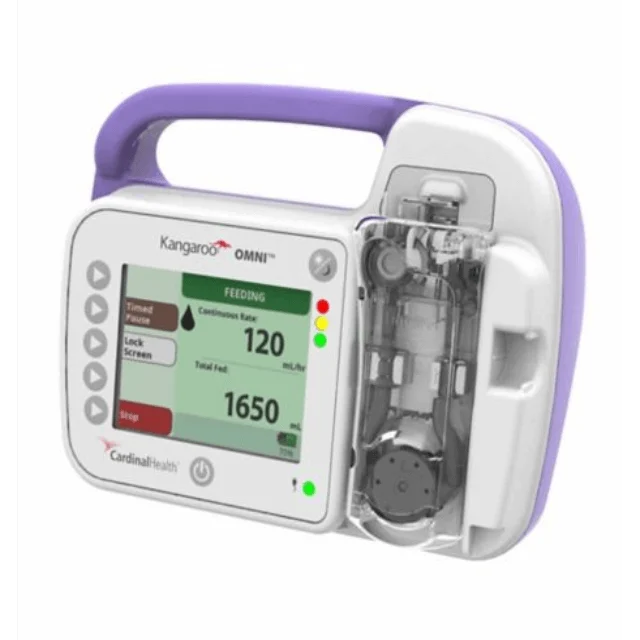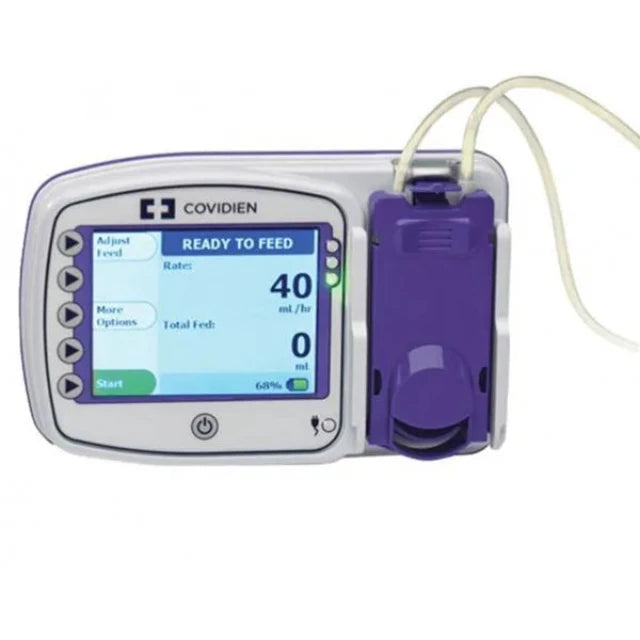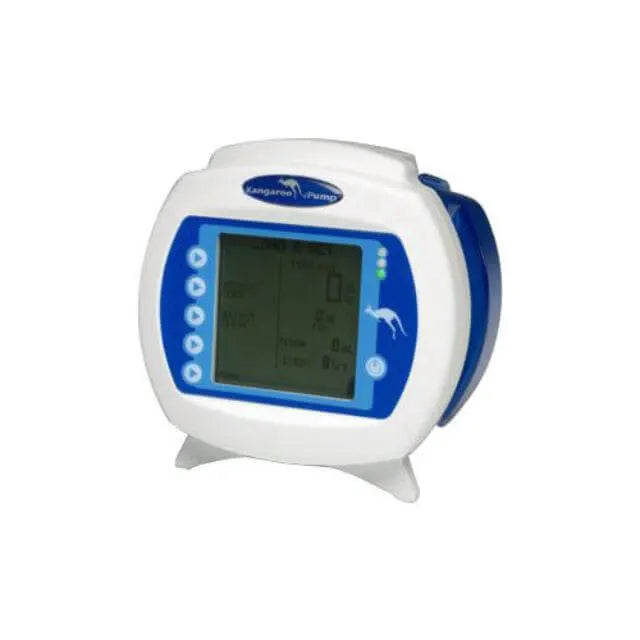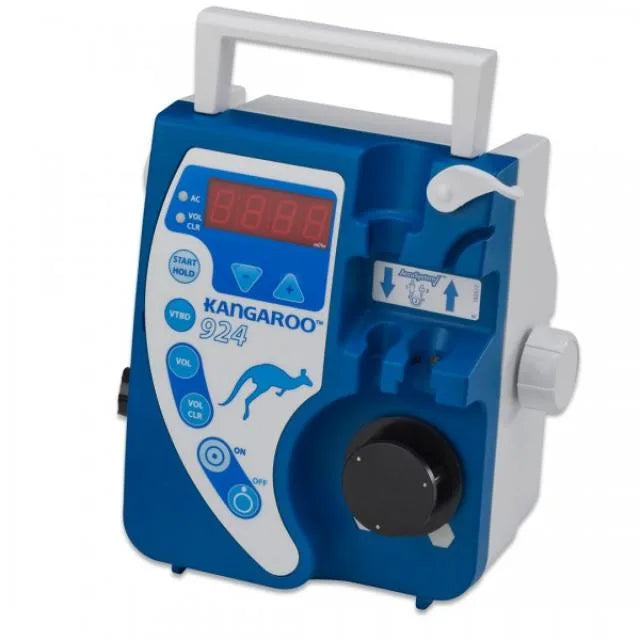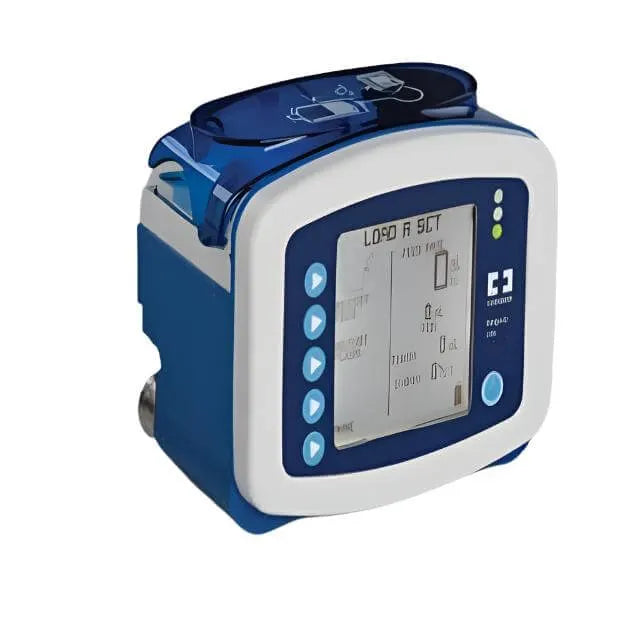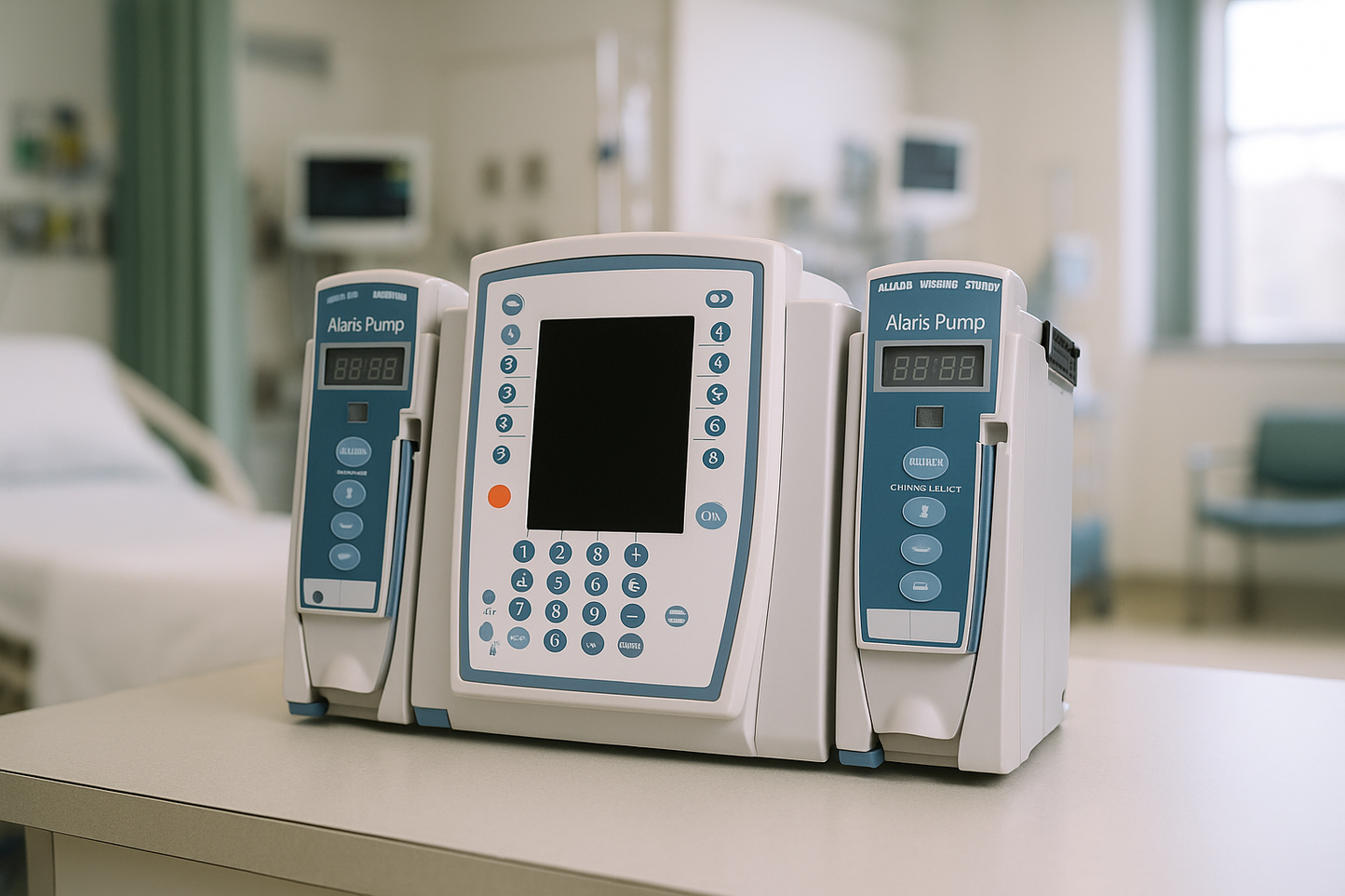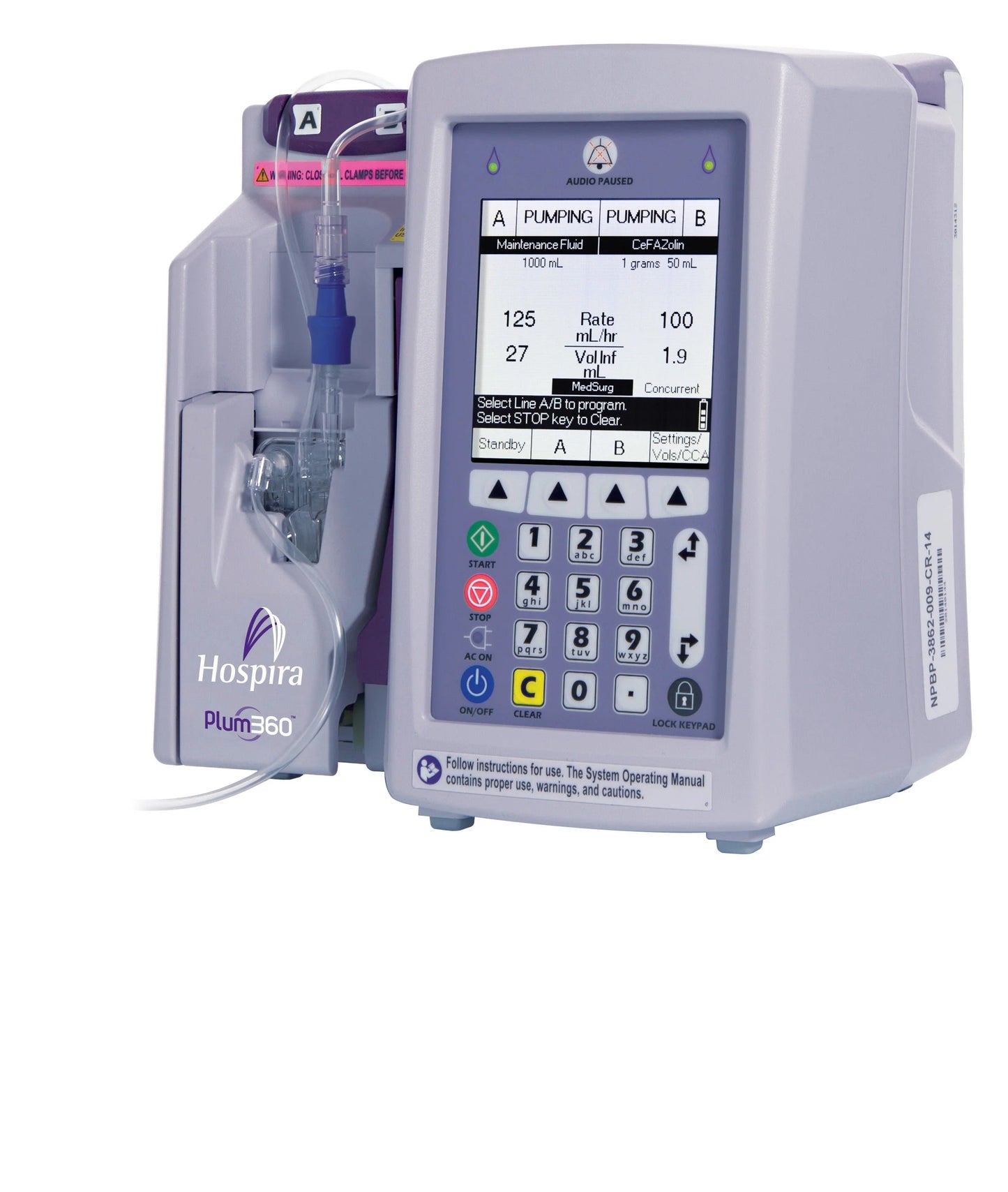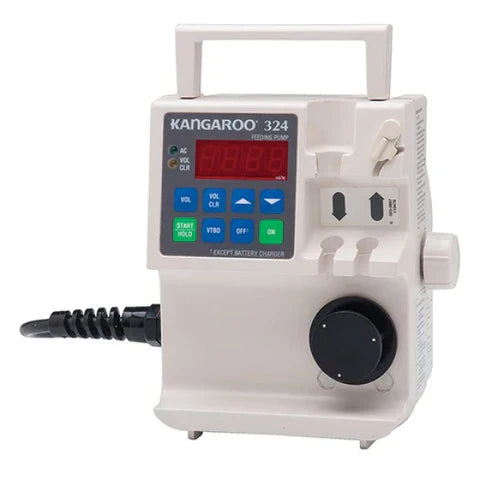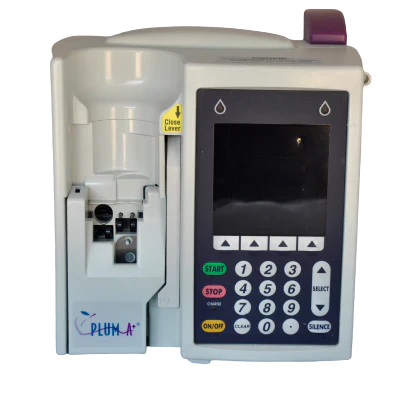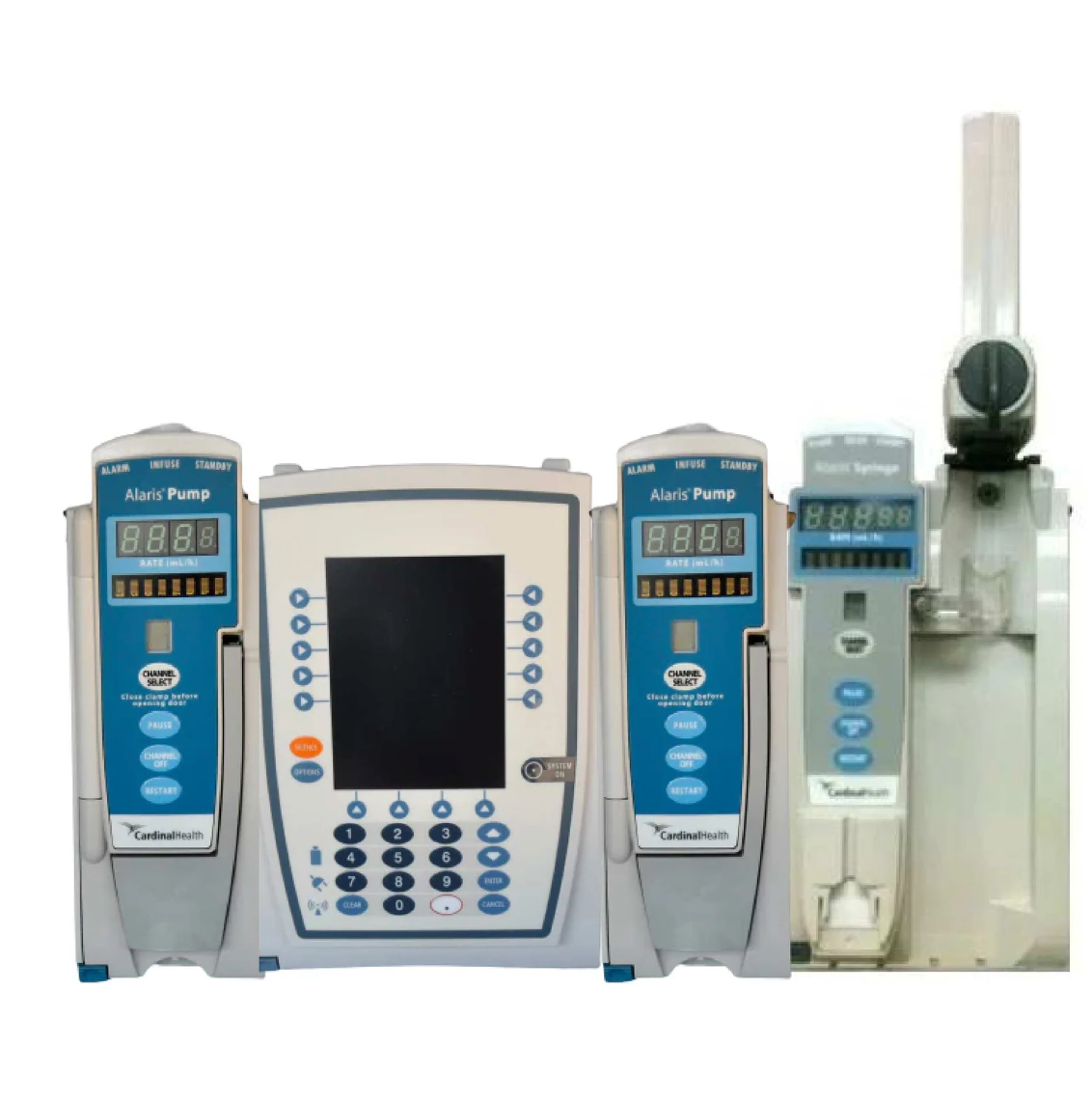
In modern medical practice, Intravenous (IV) therapy plays a pivotal role in administering fluids, medications, and nutrients directly into a patient's bloodstream. IV pumps are indispensable tools in hospitals, clinics, and healthcare facilities worldwide, ensuring accurate and controlled delivery of fluids and medications. Understanding how to set up and use these devices effectively is crucial for healthcare professionals. In this guide, we'll delve into the intricacies of IV pump setup, usage, and common troubleshooting tips.
What are IV Pumps Used For?
IV pumps are versatile devices used for various medical applications, including:
- Fluid Administration: IV pumps precisely regulate the infusion rate of fluids such as saline solution, dextrose, or electrolyte solutions to maintain proper hydration levels or replace lost fluids.
- Medication Delivery: They accurately administer medications, including antibiotics, pain relievers, chemotherapy drugs, and sedatives, ensuring precise dosing and timely delivery.
- Nutritional Support: IV pumps are utilized to deliver parenteral nutrition solutions containing essential nutrients, vitamins, and minerals to patients unable to consume food orally.
- Blood Transfusions: In cases of severe blood loss or anemia, IV pumps facilitate the controlled infusion of packed red blood cells, platelets, or plasma.
- Chemotherapy: IV pumps deliver chemotherapy drugs at a controlled rate, optimizing treatment efficacy while minimizing adverse effects.
Setting Up an IV Pump:
- Selecting the Right Pump: Choose an IV pump suitable for the intended therapy, considering factors such as infusion rate accuracy, compatibility with different IV sets, and additional features like wireless connectivity or battery backup.
- Power and Connectivity: Ensure the IV pump is connected to a reliable power source or fully charged battery. Verify connectivity with the IV tubing set and any integrated monitoring systems.
- Loading IV Tubing: Prime the IV tubing to remove air bubbles and ensure uninterrupted flow. Properly load the IV tubing set into the pump's cassette or mechanism, ensuring a secure connection.
- Setting Infusion Parameters: Input the prescribed infusion rate, volume to be infused, and any additional parameters such as bolus doses or intermittent infusions into the pump's interface. Double-check the settings for accuracy.
- Safety Precautions: Confirm that all safety features, including occlusion alarms, air-in-line detection, and dose limit settings, are appropriately configured to prevent adverse events.
Using an IV Pump:
- Patient Assessment: Before initiating IV therapy, perform a thorough patient assessment to verify the necessity of treatment, assess vascular access, and identify any contraindications or potential complications.
- Securing Vascular Access: Ensure proper placement of the IV catheter or cannula in a suitable vein, utilizing aseptic technique to reduce the risk of infection.
- Initiating Infusion: Start the infusion according to the prescribed rate and duration, closely monitoring the patient's response and vital signs throughout the procedure.
- Monitoring and Documentation: Regularly assess the infusion site for signs of infiltration, phlebitis, or other complications. Document the infusion parameters, including start time, rate changes, and any adverse reactions, in the patient's medical record.
- Patient Education: Educate the patient or caregiver about the purpose of IV therapy, expected outcomes, potential side effects, and instructions for reporting any concerns or adverse events.
Common Troubleshooting Tips:
- Alarm Management: Respond promptly to alarm notifications, addressing issues such as occlusions, air in the line, low battery, or infusion completion. Troubleshoot the cause of alarms and take appropriate corrective actions.
- Flow Rate Adjustments: If the prescribed infusion rate deviates from the desired flow rate, verify the pump's settings, check for kinks or obstructions in the IV tubing, and recalibrate as needed.
- Compatibility Issues: Ensure compatibility between the IV pump and the prescribed medication or fluid, considering factors such as viscosity, concentration, and infusion site compatibility.
- Preventing Air Embolism: Minimize the risk of air embolism by carefully priming the IV tubing, eliminating air bubbles, and using proper techniques for connecting and disconnecting infusion sets.
- Catheter Dysfunction: Monitor for signs of catheter malfunction, including poor blood return, leakage, or dislodgment. Promptly address any issues to maintain vascular access and prevent complications.
